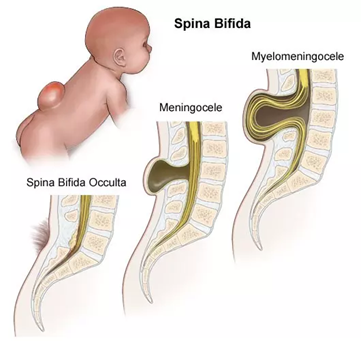A nurse is collecting data from a child who is postoperative following a tonsillectomy. Which of the following is a clinical manifestation of a hemorrhage?
Drooling
Continuous swallowing
Poor fluid intake
Increased pain
The Correct Answer is B
A. Drooling:
Drooling can occur post-tonsillectomy due to throat discomfort or swelling. However, it is not specific to hemorrhage. It may result from pain, swelling, or difficulty swallowing.
B. Continuous swallowing:
Continuous swallowing is indeed a clinical manifestation of hemorrhage after a tonsillectomy. The presence of blood in the throat triggers the swallowing reflex, leading to frequent swallowing by the patient. This symptom is characteristic of hemorrhage and requires immediate medical attention.
C. Poor fluid intake:
Poor fluid intake can occur post-tonsillectomy due to pain, discomfort, or nausea. While it can be a concern for overall recovery, it is not specific to hemorrhage.
D. Increased pain:
Increased pain can be associated with hemorrhage, especially if it is sudden, severe, or worsening. However, it is not as specific as continuous swallowing in indicating hemorrhage post-tonsillectomy. Increased pain can also be due to various other reasons such as inflammation, infection, or trauma.
Nursing Test Bank
Naxlex Comprehensive Predictor Exams
Related Questions
Correct Answer is D
Explanation
A. Promote maternal-infant bonding: While promoting maternal-infant bonding is essential for the overall well-being of the newborn and family, it may not be the priority in this situation. The immediate focus is on medical management and preventing complications associated with the myelomeningocele.
B. Provide age-appropriate stimulation: Age-appropriate stimulation is important for newborn development, but in the case of a newborn with a myelomeningocele awaiting surgery, the priority is to minimize any potential risk of injury or infection to the exposed neural tissue.
C. Educate the parents about the defect: Education about the myelomeningocele and its long-term implications is crucial for the parents' understanding and ability to care for their child. However, while important, this may not be the priority at the immediate moment.
D. Maintain integrity of the sac: This is the priority nursing goal in caring for a newborn with a myelomeningocele awaiting surgery. The sac covering the exposed neural tissue must be carefully protected to prevent infection and further damage. Measures such as keeping the sac moist with sterile saline dressings and preventing trauma to the area are essential to maintain its integrity.

Correct Answer is D
Explanation
A. Allow the child to see and touch IV tubing and supplies.
Allowing the child to see and touch the IV tubing and supplies can help familiarize them with the equipment and reduce anxiety. However, there may be a more appropriate action to take first.
B. Explain to the child's parents what role they will have during the procedure.
While it's important to involve the child's parents and inform them of their role during the procedure, the priority should be to prepare the child for the insertion itself.
C. Describe the procedure using visual aids.
Using visual aids can be helpful in explaining the procedure to the child and providing a clear understanding of what will happen. However, there may be a more appropriate action to take first.
D. Ask the child what he knows about the procedure.
This is the correct answer. Asking the child what they already know about the procedure allows the nurse to assess their understanding and address any misconceptions or concerns they may have. It also helps the nurse tailor their explanation to the child's level of understanding and provide information that is relevant and meaningful to them.
Whether you are a student looking to ace your exams or a practicing nurse seeking to enhance your expertise , our nursing education contents will empower you with the confidence and competence to make a difference in the lives of patients and become a respected leader in the healthcare field.
Visit Naxlex, invest in your future and unlock endless possibilities with our unparalleled nursing education contents today
Report Wrong Answer on the Current Question
Do you disagree with the answer? If yes, what is your expected answer? Explain.
Kindly be descriptive with the issue you are facing.
